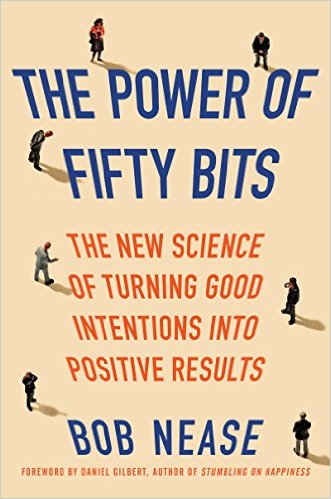 Gil Welch at Dartmouth goes for the throat in a New York Times editorial.
Gil Welch at Dartmouth goes for the throat in a New York Times editorial.
Some believe that finding more abnormalities is the right strategy to improve the nation’s health, but how much it reduces death and disability is open to debate. The new abnormalities being found are generally not severe, but mild: They are not life-threatening, and in many patients they won’t ever produce symptoms. When the benefit of treatment is known, it is known to be small — so small that many people, sometimes hundreds, must be treated for one person to benefit. But more often than not, the value of treating these mild abnormalities is simply not known.
Gil makes a few key points:
- We have de facto defined health as the absence of abnormalities
- Thus our ability to detect increasingly smaller abnormalities means we are becoming increasingly unhealthy
- The effects of interventions to “fix” those abnormalities are mostly unproven, are often meager, and are sometimes harmful
- Almost all of the players in the system are rewarded to intervene regardless
This is, of course, a recipe for disaster: increasing costs for no measurable improvements in health, and as Gil put it, “a frazzled, fearful public adrift in a culture of disease.” He might be right, or he might be wrong… but that sure does sound familiar.
(Note: this entry originally appeared at consumerology.com)

